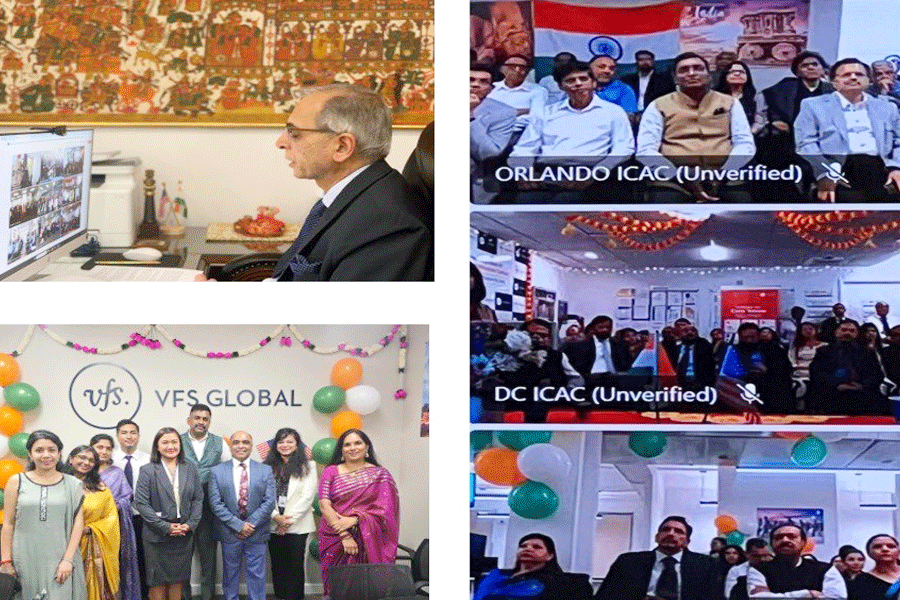New Delhi, Sept. 3: The world has 422 trees for every person,seven times more than estimated earlier, but deforestation and land-use changes areclaiming 15 billion trees every year, a global census of trees has suggested.
The study by an international team of researchers has also found that India has 28 trees per person, significantly
lower than China’s tree density of 130 per person, America’s 699 trees per person, and Russia’s 4,856 trees per person.
The census, published today in the journal Nature, has found that Falkland Islands has the highest tree density with about 282,900 trees per person, while Singapore,Saudi Arabia, and Maldives are among countries with one or less than one tree per person.
“India’s relatively low tree density doesn’t necessarily mean poor forest management,” Thomas Crowther, a Welsh post-doctoral research scholar at Yale University and first author of the study, told The Telegraph on telephone.
“India’s large human population is likely to contributeto the low tree density,” hesaid.
Crowther and his colleagues combined satellite imagery, national forest inventories, and used supercomputers to map tree populations at a grid resolution of a square kilometre to generate what is being dubbed as the most comprehensive tree census thus far.
An earlier estimate hadput the number of trees worldwide at about 400 billion, or about 61 trees per person. But
the new study has revised the estimate upward to more than three trillion trees, or 422 trees per person.
“Trees are among the most prominent and critical organisms on Earth, yet we are only recently beginning to under
stand their global extent anddistribution,” Crowther said in a media release issued byYale University.
They serve as sinks for carbon, they are essential for recycling nutrients, and they help in improving air and
water quality, Crowther said.“Yet, you ask people to estimate, within an order of magnitude, how many trees there
are, and they don’t know where to begin.”
The census has also estimated that humans are cutting down 15 billion trees every year, about two trees for
every person. Deforestationand changes in land-use are primarily driving the loss of trees.
Sections of environmental scientists have long expressed concern that tree loss is often viewed as required for economic development. “Uttar Pradesh, before the establishment of Uttarakhand, had a tree-cover to land ratio of about 30 per cent,” said Parveen Abassi, head of botany at the St Andrew’s College, Gorakhpur. “If Uttarakhand aims for the same ratio, there’ll be a significant loss of trees this is a national loss,” she said.
The study has found the highest densities of trees in the boreal forests in the sub-Arctic regions of North America, Russia, and Scandinavia, but the largest forest areas remain in the tropics which account for 43 per cent of trees.










